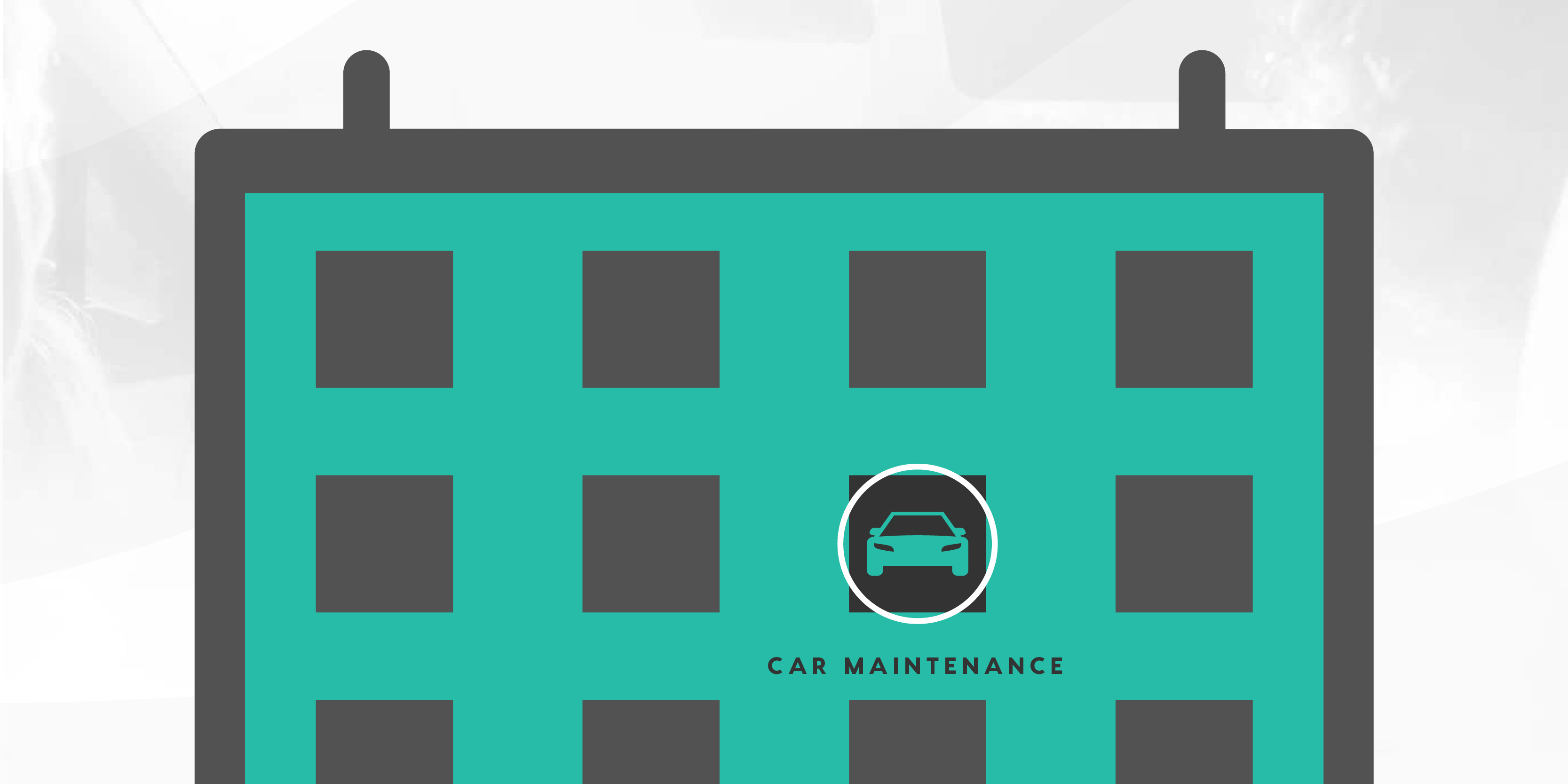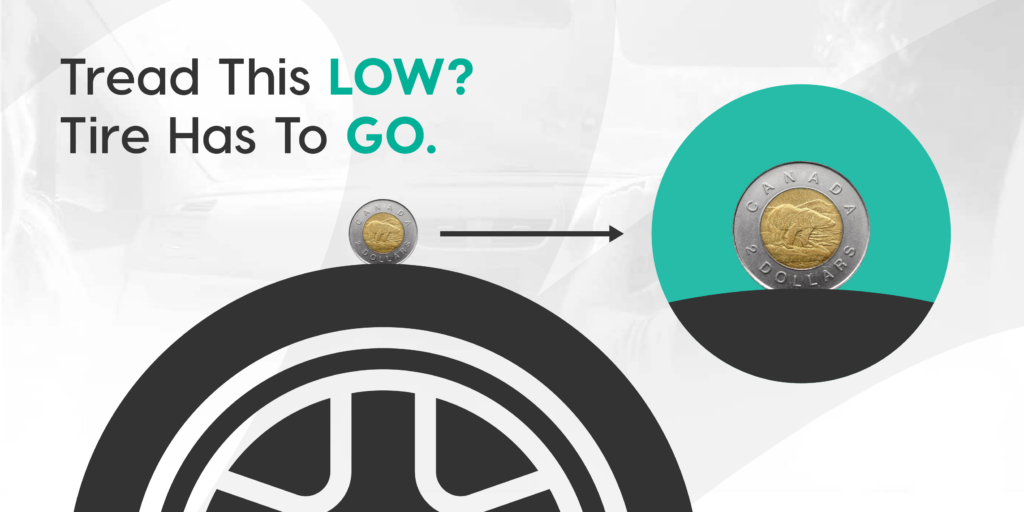
Tune-up Time: When To Do Yearly Maintenance
Taking care of your vehicle means protecting your investment. If you trade in or sell down the line, the less it’s depreciated, the better (it could mean more money in your pocket!). Although maintenance can cost money, it’s a lot cheaper than paying for big fixes in the future.
A GUIDE TO SEASONAL CAR MAINTENANCE
So you know it’s a good idea to take care of your ride, but what exactly does that mean? Well, the seasons change and so should your approach. Take a look at some areas of maintenance to revisit throughout the year!
Spring
TIRES
If you have winter tires, now is the time to take them off. In some areas of Canada, it’s actually illegal to drive with winter tires after winter’s ended. After 7 degrees Celsius, it’s a good idea to swap your tires out for summer or all-season tires, as they won’t wear out as quickly in hotter temperatures. Check the tread of your tires to see if they’re due for a swap!
BELTS
The slushy, salty roads of early Spring can cause your serpentine belt to deteriorate or squeal. This belt (which is attached to the engine) shouldn’t have any cracks or missing pieces. If so, have a professional swap it out!
BRAKES
Due to how much you use them and the effects of colder temperatures, winter is pretty hard on your brakes. It’s important to have brakes that work well in spring with wetter conditions. Next time you go for a drive, quickly give your brakes a test at the start of your journey. If they pull to one side, work slowly, or make squeaking sounds, they’re due for a check-up!
WASH AWAY SALT
In the winter, salt is added to roads for traction. Although winter’s over, there’s still lots of leftover salt that splashes onto your car from the puddles. Make sure to wash your car often and prevent rust. Don’t miss the undercarriage!
Summer
A/C
With summer’s getting hotter, A/C has become everyone’s best friend. There are a lot of reasons your air conditioner might stop working (refrigerant leak, broken fans, poor electrical connection to name a few). No matter the case, make sure it’s working before the weather gets too hot or else you’ll be stuck with the windows down and messy hair.
COOLANT
Check the fluid levels of all your fluid tanks—like wiper fluid—but especially check your engine coolant/antifreeze. Coolant is used to protect your engine when temperatures get really hot. Overheated engines can lead to some pricey fixes. Some ways coolant can leak include a hole in the radiator, a blown gasket and a malfunctioning water pump.
WIPER BLADES
Blades should be changed every 6–12 months and can deteriorate due to changes in cold and hot temperatures. Some of our heaviest downpours happen in the summer so it might be a good idea to swap them out early.
TRANSMISSION
Flushing and changing out your transmission fluid can help prolong its lifespan, preventing you from splurging on a new one in the near future. Transmissions are easy to forget and neglect, so hopefully this reminder will come in handy!
Fall
WINTER TIRES

Winter’s around the corner! Why not beat the snowfall and get those tires on now? Remember to evaluate them for wear and cracks in case they need to be swapped out for new ones. If you have a tread gauge, here’s a quick reference for tread depths:
- 6/32”: Great for spring, summer and fall, but close to the minimum for winter.
- 5/32”: Consider replacing if you’re worried about wetness.
- 4/32” – 3/32”: It’s a very good idea to swap them out. 4/32” is the minimum for winter tires.
- 2/32”: It’s officially time to replace the tires!
OIL
Oil should be changed every 5,000 to 10,000km. Use your oil stick to check the oil level and see how dark it is. If it’s dark, it’s time for a fresh batch!
LIGHTS
It’s getting darker sooner, so you’ll need those lights more than you did in the previous seasons. Test your fog, brake, signal, tail, interior and headlights. If bulbs are dim or dead, swap them out. If new bulbs are dim, there could be an issue with your battery.
HEATER AND DEFROSTER
It’s getting cold out, so you’ll want to make sure your heater and window defrosters are still working from last year.
Winter
BATTERY
Summer is hard on your battery and so is winter. For a combination of reasons, batteries often die in the winter. Getting a new one and keeping it charged will make sure you can start your vehicle even when it’s really cold out.
CAR WAX
Getting your car waxed will protect your exterior from cold weather conditions (like hail) and rust (from salt).
FUEL INJECTORS
Fuel injectors protect your engine from cold temperatures, so it’s useful to clean them. The easiest way to do this is by adding a fuel treatment to your tank the next time you fill up. Clean injectors prevent idling and hard starts!
DE-ICING CHEMICALS
You won’t need to be a mechanic for this tip! De-icer is cheap and easy to use. You can use de-icers for windshields, locks, doors and so on. They prevent ice buildup and thaw existing ice on the surfaces they’re applied to. So convenient!
LOOKING FOR HELP?
It’s great to do maintenance on your own. When you do, remember to consult your owner’s manual for instructions specific to your model and check out more checklist items.
However, some maintenance requires help from professionals. Visit any of our Birchwood dealerships in the city and they’ll meet your service needs! See here to learn more and even book a service appointment!



